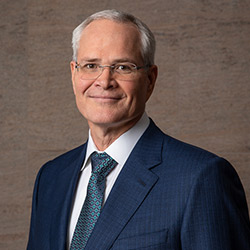selected item
Why ExxonMobil supports carbon pricing
To better understand the steps needed to help realize a lower-carbon future, it’s helpful to begin with some important context: the world’s growing need for energy.
Underpinning future energy demand is economic growth driven by an increasing population and growing prosperity. The continuing demand for our products is concentrated in three growing sectors: power generation, industrial, and commercial transportation.
Today, there is a lack of lower-emission alternatives to adequately meet the many needs in these sectors, which together account for 80 percent of global energy-related CO2 emissions. We have spent decades researching new technologies to address this challenge, and recently created a new business, ExxonMobil Low Carbon Solutions, to commercialize key technologies from our extensive research and development portfolio.
For example, ExxonMobil Low Carbon Solutions is advancing plans for more than 20 new carbon capture and storage (CCS) opportunities around the world to enable large-scale emission reductions, building upon a Carbon Capture Venture we began in 2018.
We’re the global leader in carbon capture and have captured more than 40 percent of all the world’s captured anthropogenic CO2. ExxonMobil was the first company in the world to capture more than 120 million tonnes of CO2, equivalent to the annual emissions of more than 25 million cars.
We’ll also leverage ExxonMobil’s significant experience in the production of hydrogen which, when coupled with CCS, is likely to play a critical role in a lower-carbon energy system. Other low-carbon technology focus areas in our portfolio will be added as they mature to commercialization. We’re planning to invest $3 billion on lower-emission energy solutions through 2025 on top of $10 billion we’ve spent over the past two decades.
In other emission-reduction efforts, we are working to find new and better ways to monitor and reduce methane emissions, including via a collaboration with universities, environmental groups, and other industry partners. In 2019, we reduced our methane emissions nearly 18 percent across our U.S. unconventional operations, compared to 2016, when the Paris Agreement was signed.
Overall, our operated greenhouse gas emissions went down by 6 percent from 2016 to 2019, and we’ve laid out plans for further reductions by 2025.
While we will continue to advance these plans, there is also a clear role for government – which brings us back to policy.
Durable, predictable, and cost-effective policies will be required to develop and deploy multiple needed low-carbon technologies at scale. Carbon pricing would send a clear signal through the market, creating incentives to reduce emissions. Such a signal will also incentivize and coordinate the research, investment, and technology development that is needed to bring about key solutions.
Putting a price on carbon will allow policymakers to eliminate the inefficient patchwork of regulations that is broadly recognized to be more expensive. Through the current approach, policymakers are putting a very high, but hidden, price on carbon that people can’t see and are unaware they are paying. An explicit price on carbon would be transparent, incentivize behavior to reduce emissions, allow the market to function efficiently, and stimulate the cross-sector opportunities needed to uncover the largest emission reduction opportunities at the lowest cost.
API now joins major trade groups representing diverse industries in publicly backing carbon pricing. Collectively, they echo a report released last August in which the International Energy Agency noted, “Carbon pricing, in particular, is a useful tool to guide investment decisions, especially those that will have long-term impacts on future emissions.”
The Climate Leadership Council (CLC), of which ExxonMobil is a founding member, is similarly calling for the adoption of a carbon fee. As noted by the CLC, the Council’s bipartisan plan could cut U.S. CO2 emissions in half by 2035, as compared to 2005 levels.
As the world increasingly focuses on addressing the biggest emissions challenges, a price on carbon is an important policy component that can aid in solving these challenges. We look forward to continuing our work with stakeholders to help move an effective policy solution forward.
Explore more
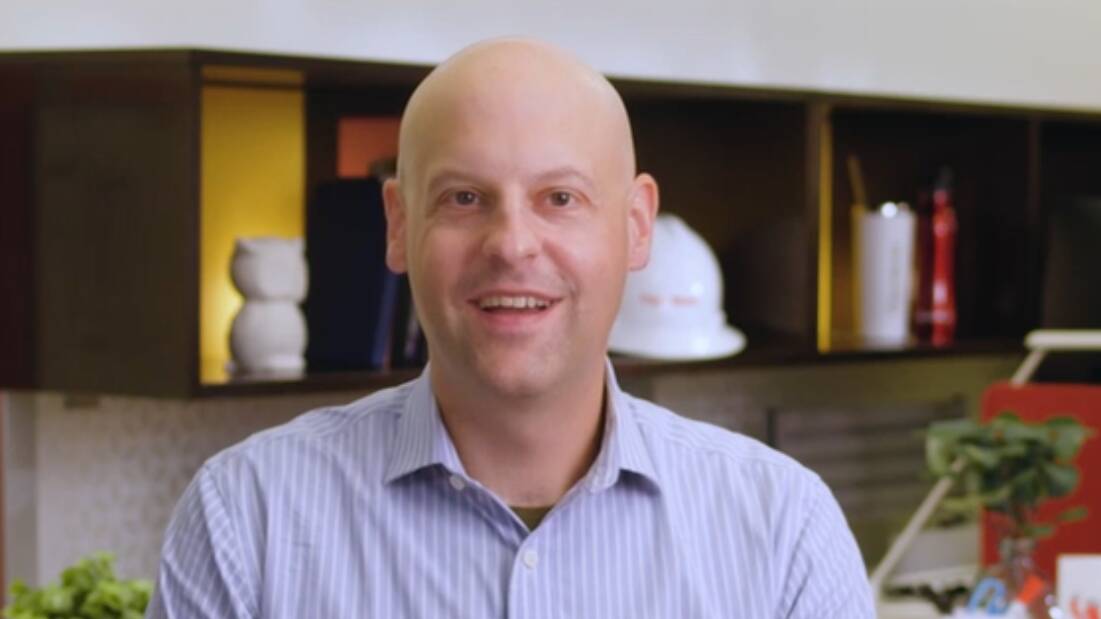
Capture it. Move it. Store it: Three steps for reducing CO2 emissions
- Want to learn more about carbon capture and storage (CCS)?
- Clay, Mark and Elizabeth are here to help in a video series.
- They explain how CCS works, why it matters and what makes it safe.
2 min read
• Aug. 12, 2025
How we’re capturing carbon and storing it safely
- In a new video, our Kathleen Ash explains how we’re keeping carbon capture and storage (CCS) safe.
- We have robust systems to safely transport and store captured CO2 emissions.
- We’re committed to protecting the safety of communities in which we operate.
2 min read
• May 5, 2025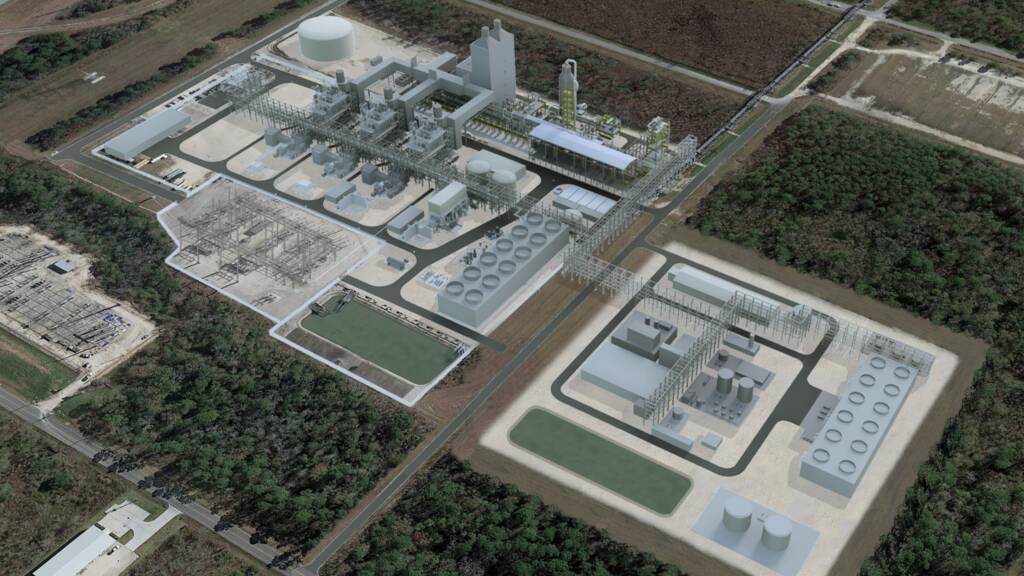
Calpine, ExxonMobil sign CO2 transportation and storage agreement for power generation project
- ExxonMobil to transport and store up to 2 million metric tons per year of CO2 from Calpine’s natural gas power generation facility.
- Calpine plans to produce ~500 megawatts of reliable low-carbon electricity, enough to power more than 500,000 homes.
- Project expected to bolster U.S. energy, strengthen industry competitiveness, and create jobs.
2 min read
• April 23, 2025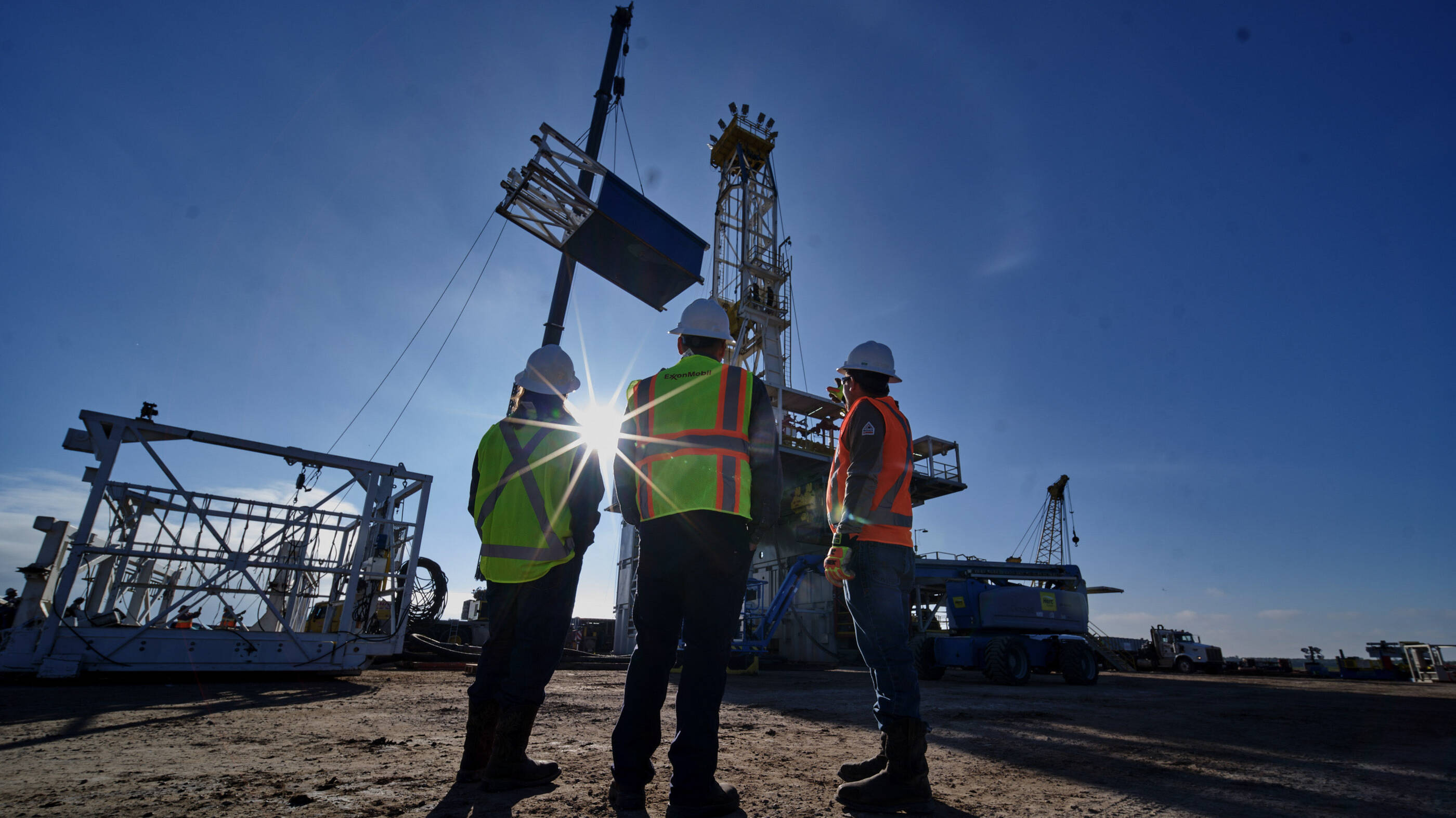
2024: A breakout year for our carbon capture and storage business
- We’re leading the creation of a new industry.
- 2024 was a big year for our CCS business.
- More milestones are ahead in 2025.
3 min read
• Jan. 9, 2025
Steel, ammonia and AI? Oh my! What can’t our CCS help decarbonize?
- We’re scaling up carbon capture and storage (CCS) technology.
- We’re leading the way in helping U.S. industries use CCS to meet demand for lower-carbon products.
- Next up: We’re working to expand our customers to include data centers to support AI growth.
4 min read
• Dec. 11, 2024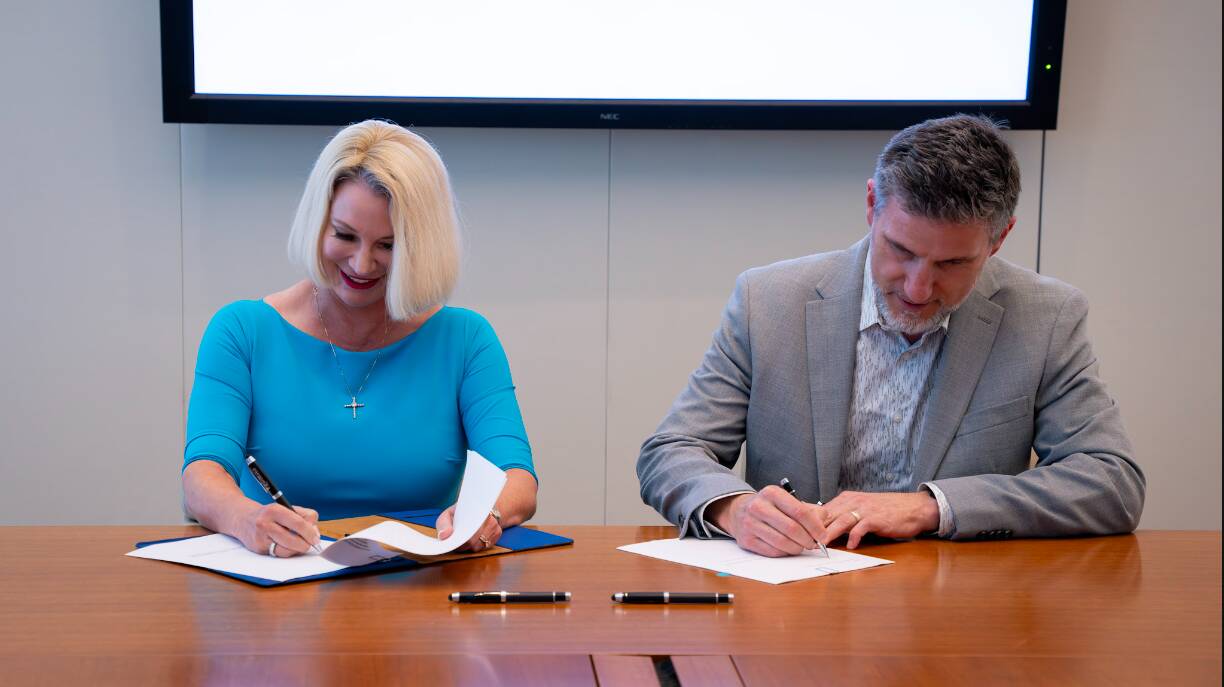
ExxonMobil secures largest CO2 offshore storage site in the U.S.
- ExxonMobil has secured access to over 271,000-acres in Texas state waters; ideal for CO2 storage
- Agreement will directly benefit the Texas Permanent School Fund
- Latest example of ExxonMobil’s leadership in building a carbon capture industry in the U.S.
3 min read
• Oct. 10, 2024
